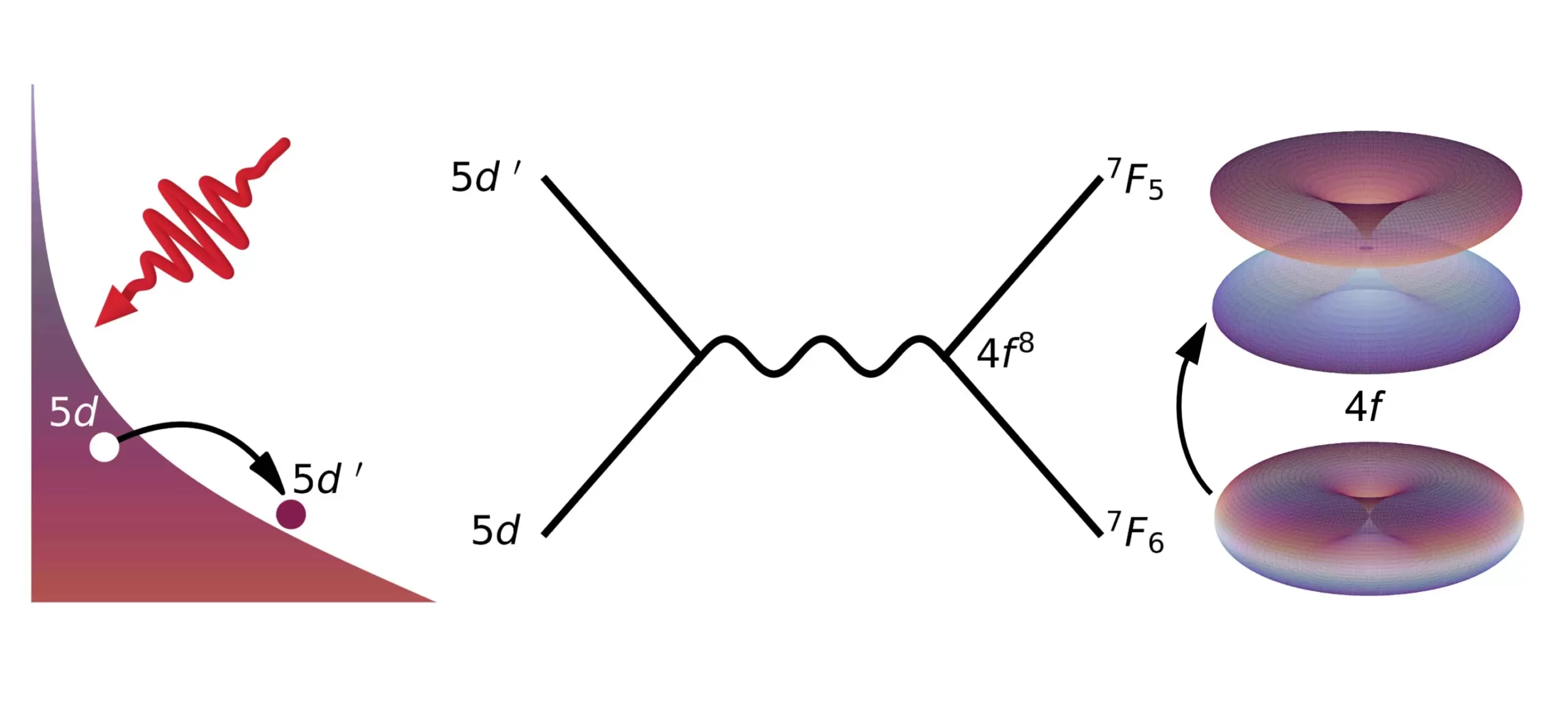Rare earth magnetic materials have unique properties that set them apart from other types of magnets. These properties are attributed to the behavior of the electrons in the 4f shell. Traditionally, the magnetic properties of 4f electrons were believed to be uncontrollable. However, recent research has shown that laser pulses can actually influence these electrons and alter their magnetic properties.
A collaborative team of researchers from HZB, Freie Universität Berlin, DESY, the European X-ray laser XFEL, and other institutions conducted experiments at EuXFEL and FLASH to investigate the impact of laser excitation on 4f electrons. The study focused on terbium, a rare earth element with unique magnetic properties due to its 4f orbitals. Through X-ray spectroscopy analysis, the researchers discovered that laser excitation caused the 4f electrons to briefly switch to an orbital with a different spatial distribution, leading to a change in their magnetic properties.
Implications for Data Storage
The ability to control the magnetic properties of rare earth materials opens up new opportunities for data storage technologies. While current magnetic storage devices rely on heating mechanisms to switch magnetic structures, the use of laser pulses to excite 4f electrons in rare earth magnets could offer a faster and more energy-efficient alternative. This discovery paves the way for the development of high-speed and high-capacity information storage devices.
The breakthrough in understanding and manipulating the behavior of 4f electrons was made possible by advancements in X-ray technology. Accelerator-based X-ray sources now allow researchers to study ultrafast processes in magnetic materials with femtosecond precision. The development of these sources has revolutionized the field of magnetism research and enabled groundbreaking discoveries such as the one involving rare earth magnetic materials.
Future Research Directions
As research in the field of rare earth magnetic materials continues to advance, there are several promising avenues for future exploration. Further studies could investigate the long-term effects of laser excitation on 4f electrons and explore the potential applications of these materials in next-generation data storage technologies. Additionally, the development of X-ray sources with even higher spectroscopic resolution will enable more detailed analysis of magnetic processes on a nanoscale level.
The recent discovery of the controllable nature of 4f electrons in rare earth magnetic materials through laser excitation represents a significant advancement in the field of magnetism research. This breakthrough has the potential to revolutionize the way we approach data storage and opens up new possibilities for the development of high-performance information storage devices. With ongoing advancements in X-ray technology and continued research in this area, we can expect to see further innovation and progression in the field of rare earth magnets in the years to come.


Leave a Reply